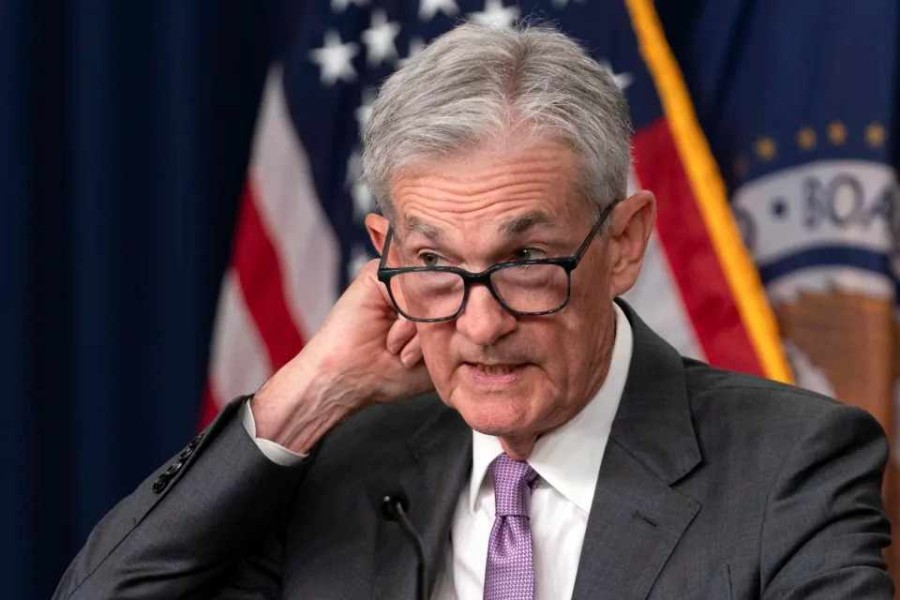Jobs Report Stokes Fears Fed May Have Waited Too Long

New signs of a cooling labor market are stoking fears that the Federal Reserve may have waited too long to start lowering interest rates.
Data from the Bureau of Labor Statistics released Friday showed the US economy added 114,000 nonfarm payroll jobs in July, fewer than the 175,000 expected by economists. The unemployment rate rose to 4.3% — its highest level since October 2021.
The new numbers reinforced concerns among some Fed watchers that the central bank should have decided at a meeting this week to lower rates for the first time in four years — to get ahead of a slowing US economy before it tips into a recession.
Policymakers decided instead to keep rates at a 23-year high. The Friday jobs report "just about guarantees you are going to get a 25-basis-point September cut" and also puts on the table cuts in November and December, RSM chief economist Joe Brusuelas told Yahoo Finance.
There is even a "rational argument" to be made that a 50-basis-point cut could be made at the Sept. 17-18 meeting, Brusuelas added, and that argument is going to be waged "over the next six weeks."
Stephen Brown, deputy chief North America economist for Capital Economics, said the new numbers could even increase speculation the Fed could kick off its loosening cycle with "an intra-meeting move" before the September meeting. Brown also mentioned a 50-basis-point cut as a possibility.
But Janus Henderson's Pinto sounded concerned that a 50-basis-point cut in September could "send shock waves through the markets" by reinforcing the argument that the Fed is behind.
That "would be sending a strong signal to the market that may not be received that well." Traders did adjust their bets on Friday after digesting the jobs numbers. They now estimate a 70% chance of a half-percentage-point cut next month, according to rate futures contracts.
Acting Labor Secretary Julie Su said that she didn’t think Friday’s jobs report means a forthcoming sharper downturn in the labor market.
"We look at not just one month, but trends, and the three-month average is 170,000 and is continued strong job growth," she said in an interview with Yahoo Finance.
Other economic indicators are also strong, she added, citing a new record high for prime-age workers’ participation in the job market.
"They do not indicate a recession." One concern for some Fed watchers is that the 4.3% unemployment rate has now triggered the so-called Sahm Rule — a rule developed by economist Claudia Sahm that has successfully predicted recessions 100% of the time since the early 1970s.
The important threshold crossed Friday was that the three-month average of the national unemployment rate rose more than 0.5% from the previous 12-month low.
Previous Story
- Amazon's Expats puts Hong Kong government in 'awkward...
- TikTok laying off dozens of workers as tech...
- Half a Million US Jobs at Risk of...
- About 21 million jobs held by women and...
- US jobs market holds steady despite rate rises
- Singapore Turf Club staff speak of shock, disappointment...
- Chinese graduates lower their ambitions in moribund jobs...
- Apple said to cut small number of jobs...